How Many Of Each Position For Fantasy Football?
In fantasy football, you will take the role of the owner of a virtual professional American football team. Here you can select National Football League (NFL) players for your team by participating in a draft. However, before you can participate in any league, you will probably need to understand how many of each position for fantasy football and related issues.
Contents
How many of each position should I draft?
The number of players to draft at each position is up to you. You have the right to designate a certain number of players in your squad. However, players drafted in a traditional team include two quarterbacks, four wide receivers, two tight ends, four running backs, two kickers and two defense/special teams (punt and kickoff return).
Your roster can be changed flexibly.
Thus, the answer to “How many players do you draft in fantasy football?” completely depends on you. To make it easier for you to imagine, refer to the starting lineup configuration that is the default on NFL.com:
- 1 Quarterback (QB).
- 2 Running Backs (RB).
- 2 Wide Receivers (WR).
- 1 Tight End (TE).
- 1 Flex position (RB, WR, or TE).
- 1 Placekicker (K).
- 1 Team Defense/Special Teams Unit (D/ST).
- 6 Bench (BN).
The traditional team roster can be changed flexibly. You can even adjust the number of substitutes as well as substitute injured. Some tournaments have the flex position. That means any offensive player, including midfielders, can fill the position. Let’s immediately refer to the fantasy football cheat sheet
What positions do I need for fantasy football
Before you can set up a good draft strategy, you need to have a clear understanding of the fantasy football player positions and the value of each position on a team. So, what positions do you draft in fantasy football?
Rookie road fantasy football player positions.
1. Offensive group
-
Quarterback (QB).
Considered the heart of the offensive in fantasy football. They are responsible for passing the ball to the running back after receiving the ball or forwarding it to the receiver. They can also push the ball forward on their own.
View more:
-
Running Back (RB).
They usually have the task of dribbling forward. Only running backs, wide receivers, and quarterbacks can legally catch a midfielder’s forward pass unless the ball hits the ground behind the opponent’s touchline.
In fact, RB is one of the important positions to draft in fantasy.
-
Wide Receiver (WR).
This position is usually responsible for catching the midfielder forward pass after pushing forward.
-
Tight End (TE).
This position is responsible for the offensive line and receiving the ball.
-
Wide Receivers (WR).
Wide receivers are responsible for receiving the down pass from the quarterback. They are also responsible for preventing rapid offensives. Although good wide receivers are widely available, high end wide receivers are still very sought after.
2. Defensive group
Defensive group consists of players for defense. These positions are responsible for blocking the opponent’s offensive.
-
Defensive End (DE).
This position includes players at the back end of the defensive line. The responsibilities of this position is to rush QB as well as stopping RB by not letting them go outside.
-
Cornerbacks (CB).
This position is responsible for defense against wide receivers as well as preventing a pass from the quarterback.
-
Defensive Back (DB).
Depending on their physique or the task for which they are responsible, this position can be divided into other positions such as cornerbacks, linebackers and safeties.
-
Linebacker (LB).
This defensive position can take on a variety of tasks from blocking passes to Running Back as well as blocking midfielders. The linebacker is considered the most versatile position in the defensive line.
-
Safety.
Considered the last line of defense, responsible for stopping long passes, or stopping any offensive player who broke through the first line of defense.
3. Special group
-
Kicker.
Kicker is the position responsible for kicking the ball. This position may also include Punter.
-
Punters.
Punter is responsible for kicking the ball into the opponent’s half and creating space for your defending team. They usually do not need precise aim when kicking.
-
Kick Returner (KR).
Kick Returner is responsible for picking up the opponent’s opening kick and then moving to the opponent’s touch area. This position serves as a quarterback or a running back.
-
Punt Returner (PR).
This position is responsible for catching the opponent’s opening line, and then moving to the opponent’s touchdown area. This position is mainly used as a quarterback or a running back.
-
Long Snapper.
Responsible for passing the ball to the kicker.
-
Gunner.
This position is responsible for gripping the runner.
Fantasy football league types
As mentioned above, there are many forms of fantasy football league.
1. Competition variations
- For head-to-head.
Your team will play one opponent each week. Your team needs to get as many fantasy points as possible, if you want to take a win in the standings. If your team has a good record, your team can advance to the knockout stages in the final weeks of the season.
- Total points leagues.
In this fantasy football league, your team needs to accumulate points continuously. Your team’s rank is determined by the team’s total score.
- All-play leagues.
For this tournament all teams compete against each other every week. That means any two teams always have a chance to play against each other.
- Pirate leagues.
If you are the champion, you have the right to take a player from your opponent’s team.
2. Roster variations
- Keeper league.
You are allowed to keep a certain number of players in your team from year to year. At the end of each season, your team is cut down to a certain level. The maximum number of players you can keep is 5.
- Dynasty leagues.
You can keep all your players from year to year. In addition, through the rookie draft, you can also add new players.
- Salary cap leagues.
You will have to pay each player a certain salary. However, you need to ensure that the total salary of the whole squad does not exceed the predetermined salary limit.
- Superflex leagues.
You can start a quarterback in the flex position, whereas running backs, tight ends and wide receivers are usually limited.
- Two-quarterback leagues.
You have the right to start the weekly game with two quarterbacks in your team.
- Individual Defensive Player (IDP) leagues.
Individual defensive players are used instead of a whole team defense.
Draft strategy in fantasy football
Before a season begins, you need to recruit NFL players or NFL recruits for your team. You can select these players from the list of the drafted team unless you have traded or removed them.
For auction drafts, you will have an imaginary budget. As a result, you can purchase the bridge you want in an auction format. If you can afford the highest bid for a player, you own that player. Meanwhile, your imaginary budget will also decrease at the same time. Thanks to the auction draft, every owner has an equal chance to own a player.
You can set up drafts in “live” or “auto” format. Either way, the majority of fantasy football drafts take place online. However, some leagues hold in-person drafts. Your selection is then made on the computer (or physical draft boards).
Draft in fantasy football.
Through fantasy football websites, you can easily find predictions about how many points each player will score in an upcoming season. “Value-based draft” is a term used to refer to comparing a player’s expected imaginary score value with other players in his position. A player with a high value and low average draft position (ADP) is likely to be undervalued.
Frequently Asked Questions
1. Is fantasy football legal around the world?
Fantasy football is often played in a lot of countries. You can play fantasy football for money or just for fun. However, some countries consider this a form of gambling in disguise. As a result, fantasy football is banned in those countries. For example, in the United States, fantasy football is banned in three state: Arizona, Louisiana and Montana.
2. What are the fantasy points awarded in weekly matches based on?
They are based on the actual performance of football players when competing in the real world.
3. How many types of fantasy football?
There are three main types including traditional, keeper or dynasty leagues and daily
Final Words
In general, there is no one correct answer to “how many of each position fantasy football?”. This depends on your draft strategy as well as the league types you choose.

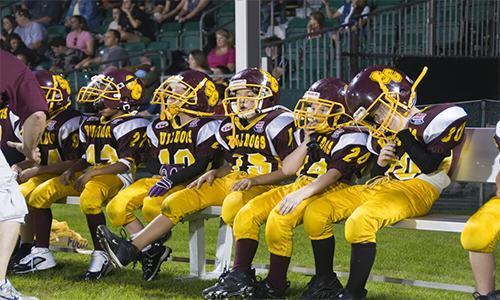
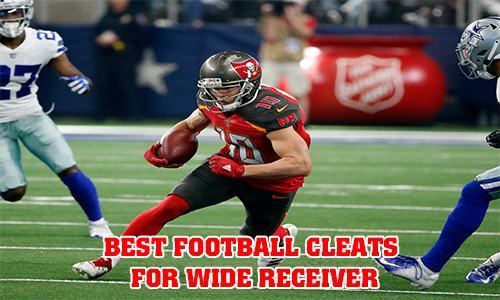
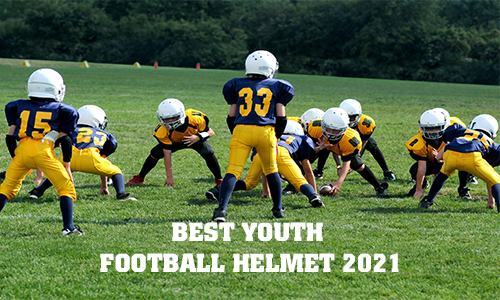
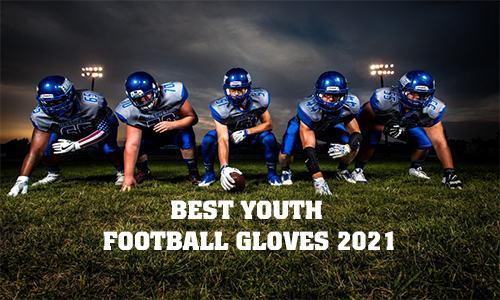
![[Top Rated] 10 best football gloves with best grip 2025 5 best football gloves 2021](https://www.scottfujita.com/wp-content/uploads/2021/03/best-football-gloves-2021.jpg)
![[Lastest Update] Top 10 Best Soccer Cleats For Kids 2025 6 Best soccer cleats for kids scott fujita](https://www.scottfujita.com/wp-content/uploads/2021/03/Best-soccer-cleats-for-kids-scott-fujita.jpg)




![[Top-Rated] The Best Basketball Shoes For Ankle Support 2025 11 best basketball shoes for ankle support scottfujita](https://www.scottfujita.com/wp-content/uploads/2021/07/best-basketball-shoes-for-ankle-support-scottfujita.jpg)




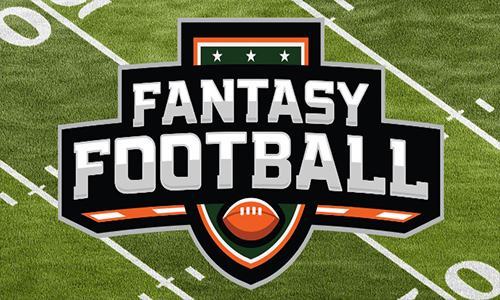
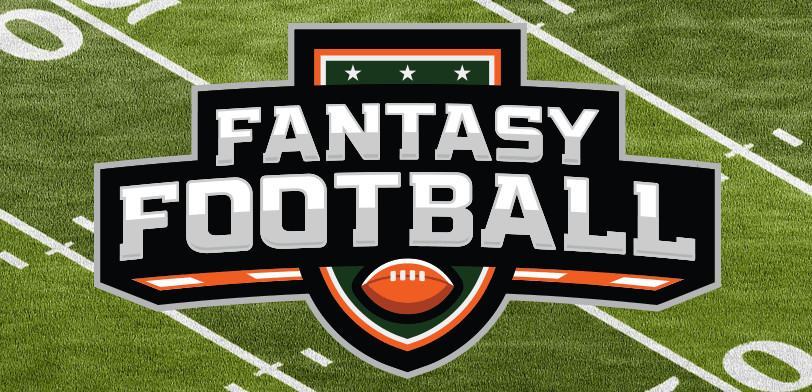
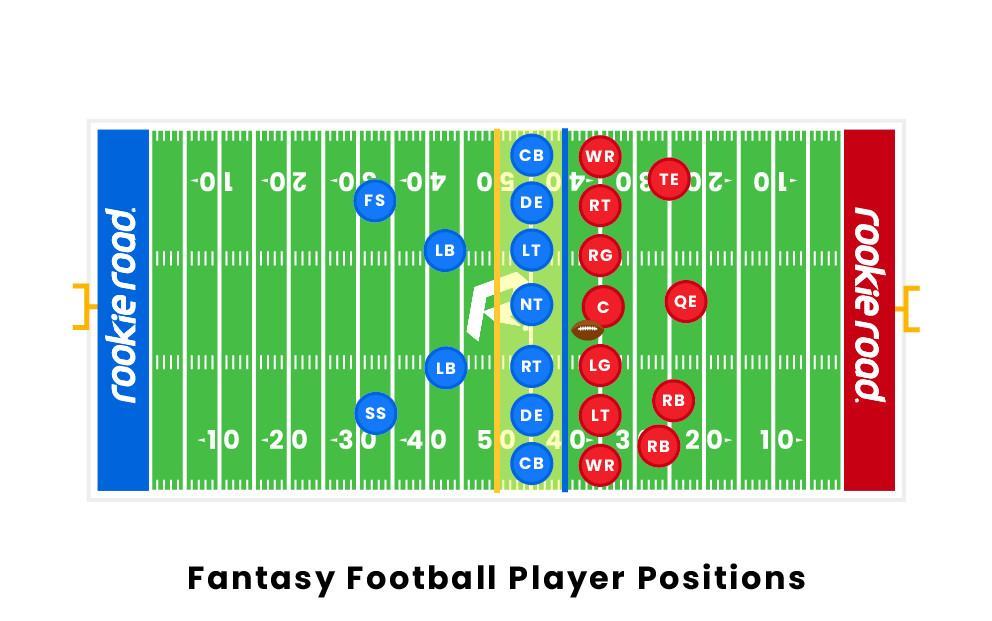
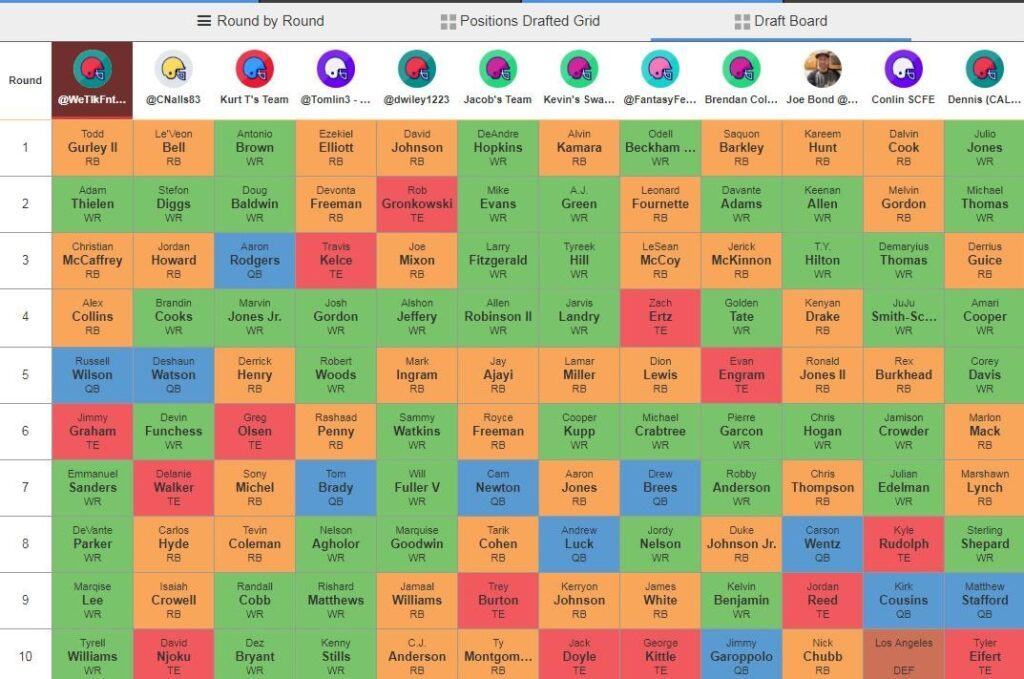
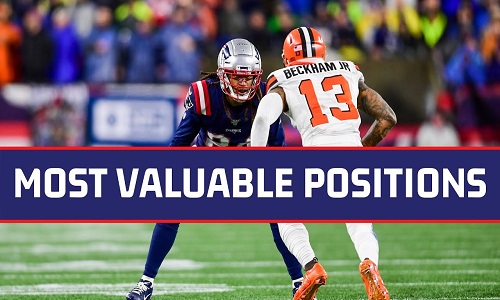

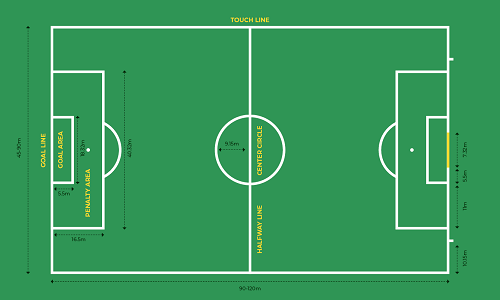
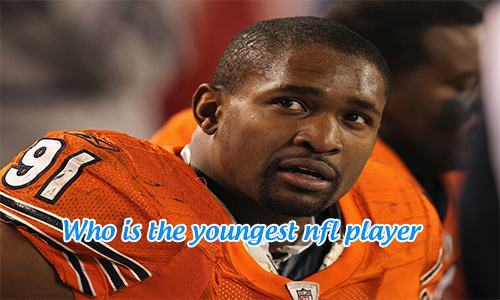
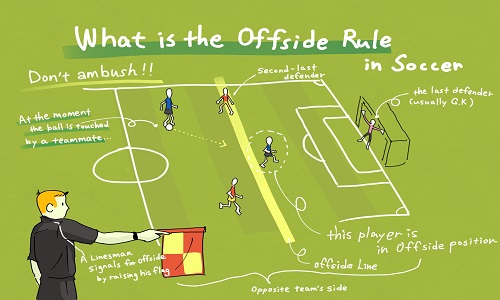
![What Are The 5 Positions In Basketball? [And Their Roles] 32 what are the 5 positions in basketball scottfujita](https://www.scottfujita.com/wp-content/uploads/2021/10/what-are-the-5-positions-in-basketball-scottfujita.jpg)


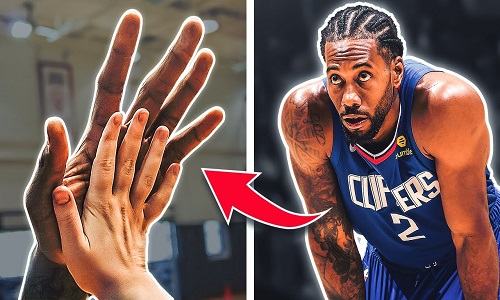
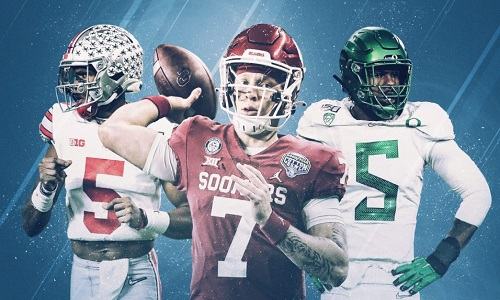

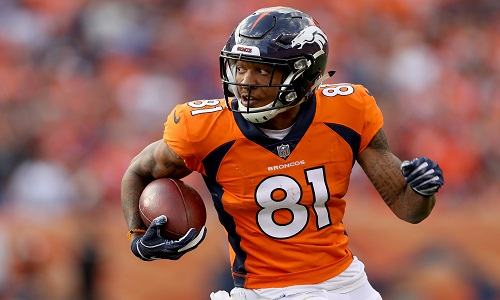
![Top 10 Best NBA Centers Of All Time [2024 Updated] 39 best nba centers of all time scottfujita](https://www.scottfujita.com/wp-content/uploads/2021/12/best-nba-centers-of-all-time-scottfujita.jpg)
![The Best Football Mouthguard 2024 [Reviewed & Compared] 40 best football mouthguard scottfujita](https://www.scottfujita.com/wp-content/uploads/2021/10/best-football-mouthguard-scottfujita.jpg)